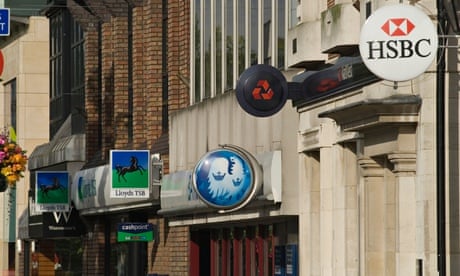Consumers are spending money. Unemployment is down. The recovery in the economy witnessed since early 2013 is embedded. This is the time when businesses are thinking about expansion, weighing up the costs and benefits of buying some new kit. It should be a moment in the sun for Funding for Lending (FLS), the government's scheme that provides banks with incentives to provide credit for investment projects.
But it isn't happening. The Bank of England's quarterly report on the FLS showed that businesses repaid more to banks in the three months to June than they received. Net lending to large companies was -£3.5bn; net lending to small and medium sized companies was negative by £0.4bn.
While it can be argued that borrowing would be even tougher had it not been for the FLS, the numbers tell their own story. The scheme is not delivering. The small but potentially rapidly growing companies are not getting help from the banks, despite the incentives provided by the government and the changes to focus the scheme purely on business lending.
Don't blame the Bank of England (or the Treasury) for this. The FLS was a worthwhile experiment and did succeed in one respect: the original scheme allowed banks to access funds cheaply for mortgage lending, and this was a big factor in reigniting the housing economy. That, in turn, was the crucial factor in ending two years of flatlining in 2011 and 2012.
Threadneedle Street says that weak demand for loans from SMEs could be a factor behind the -£0.4bn net lending figure in the second quarter. That, though, seems to be at odds both with the strength of domestic demand and attempts by smaller companies to circumvent the traditional banking system. Peer-to-peer lending, for example, seems to be booming.
Instead, the real problem is that the traditional high street banks find it safer and more profitable to lend against bricks and mortar than they do to lend to a company that might go bust in the next couple of years. The fact that the government is using its new Business Bank to finance peer-to-peer lending suggests it realises the traditional banking model is broken. One solution would be to put the failed FLS down to experience and channel more capital into the Business Bank so that it can expand its activities.





Comments (…)
Sign in or create your Guardian account to join the discussion